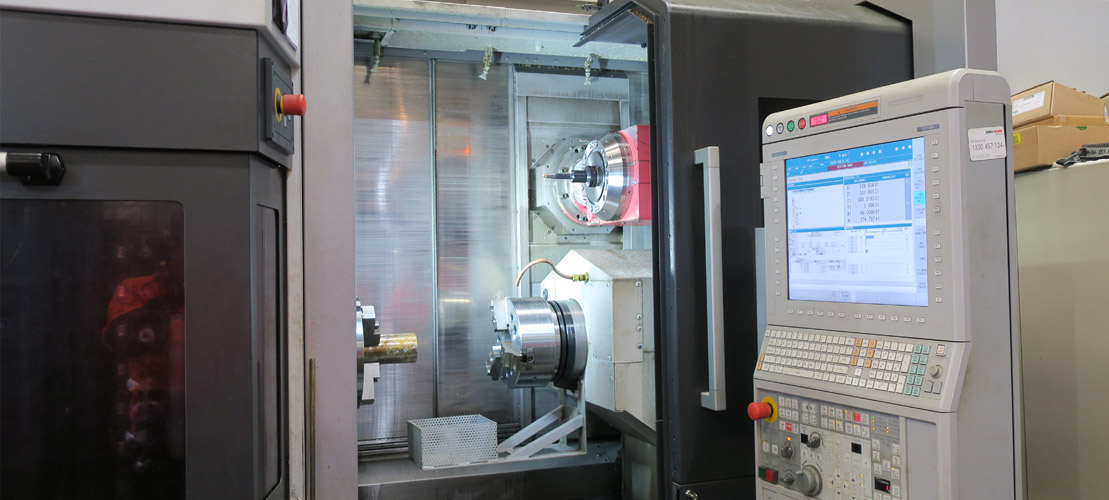Online shoppers want to know exactly what they have prepared (including shipping) and want to pay for and fulfill orders there and after. If you put a hurdle in front of you (like downloading an order form or saying you called them for credit card information), you'll generally find that the customer just walked away. So, it is good to get a CBD oil merchant account via http://axiompayments.net/cbd-oil-merchant-account.

Image Source: Google
When it comes to payment gateways, there are three common types of payment gateways.
Manual Payment Gateways Manual Payment Gateways are tools that securely collect customer credit card information and store it for manual access and processing via facilities such as Eftpos machines. Manual payment orders are usually the cheapest form of gateway.
However, you will have to process each payment manually. This can incur additional fees if you make multiple transactions per day. To use a manual payment gateway, you need a merchant account with your bank and permission from the bank to process an unsigned credit card.
Paypal is often the payment gateway of choice for people who work in e-commerce. Paypal can be easily integrated into your website to act as a payment gateway. Transactions are processed in "real-time".
A real-time payment gateway is the most professional and efficient gateway solution available. Payments are processed at the point of sale on your website and you will usually receive the money within a few days.
Real-time payment gateways are ideal for websites with high sales volume or for people who don't have access to the facilities required for manually paid gateways. You can access real-time payment gateway solutions from many banks as well as third party providers such as Eway or Worldpay.

